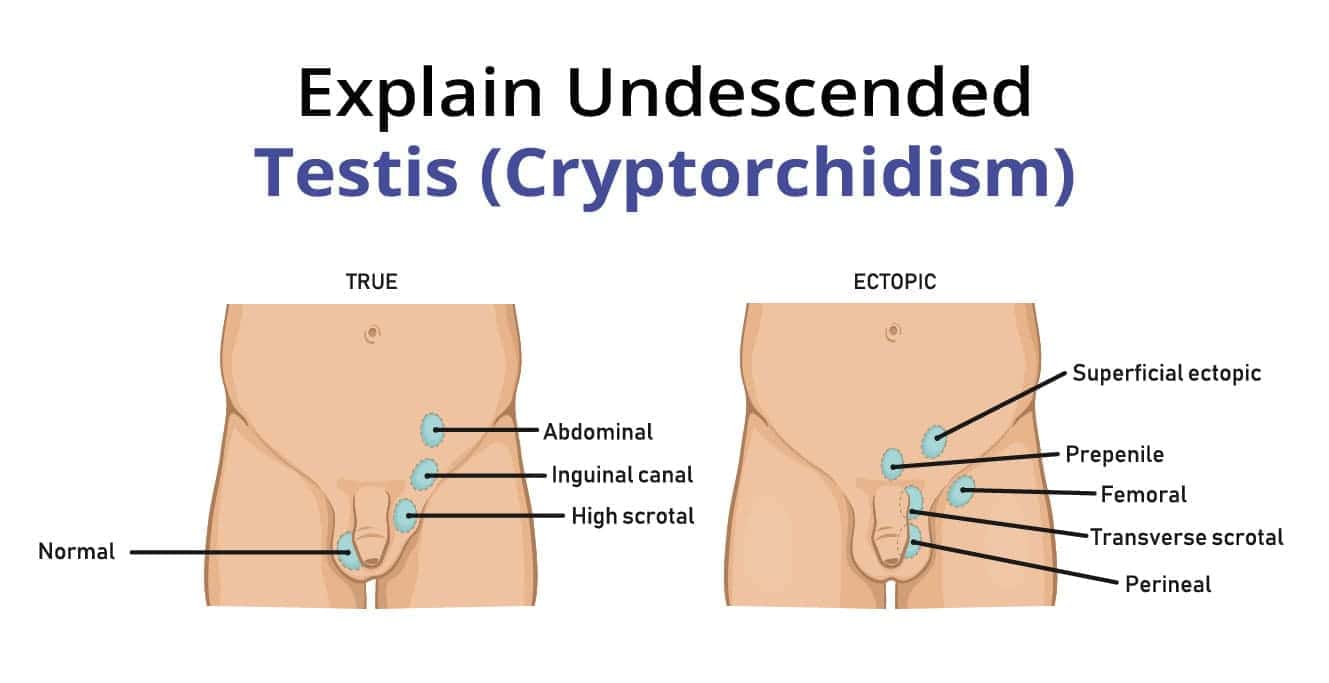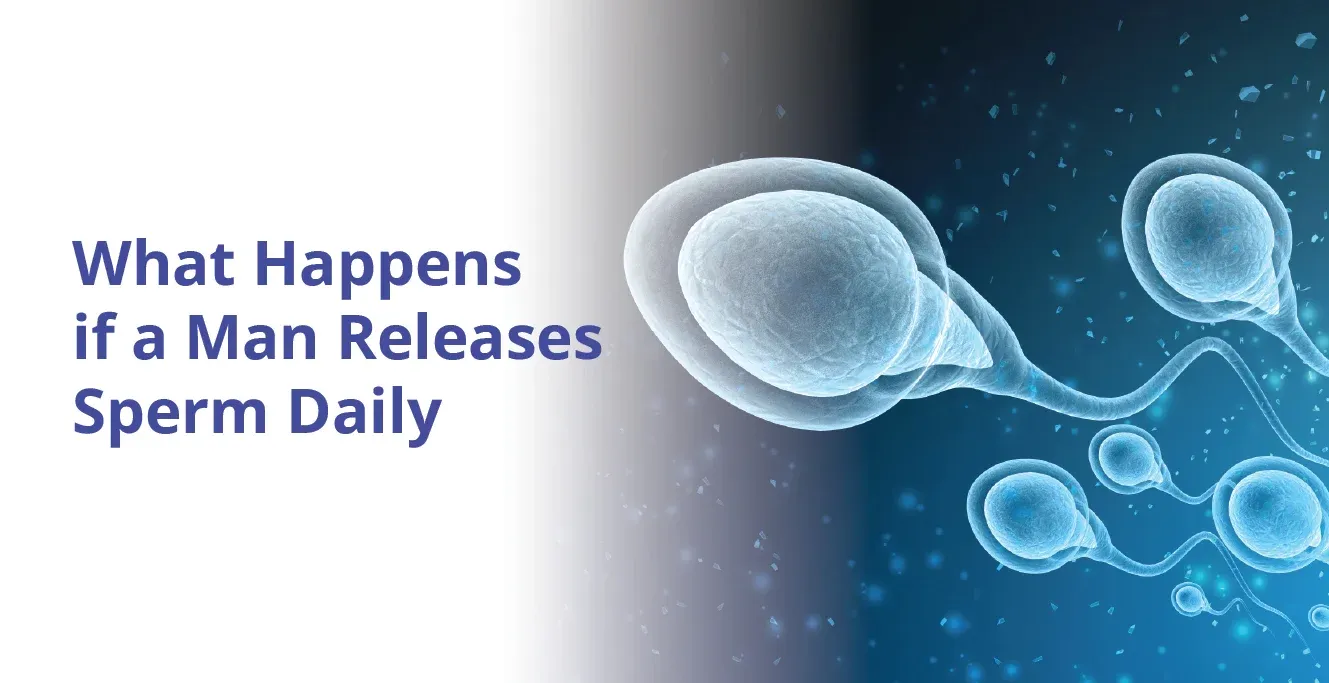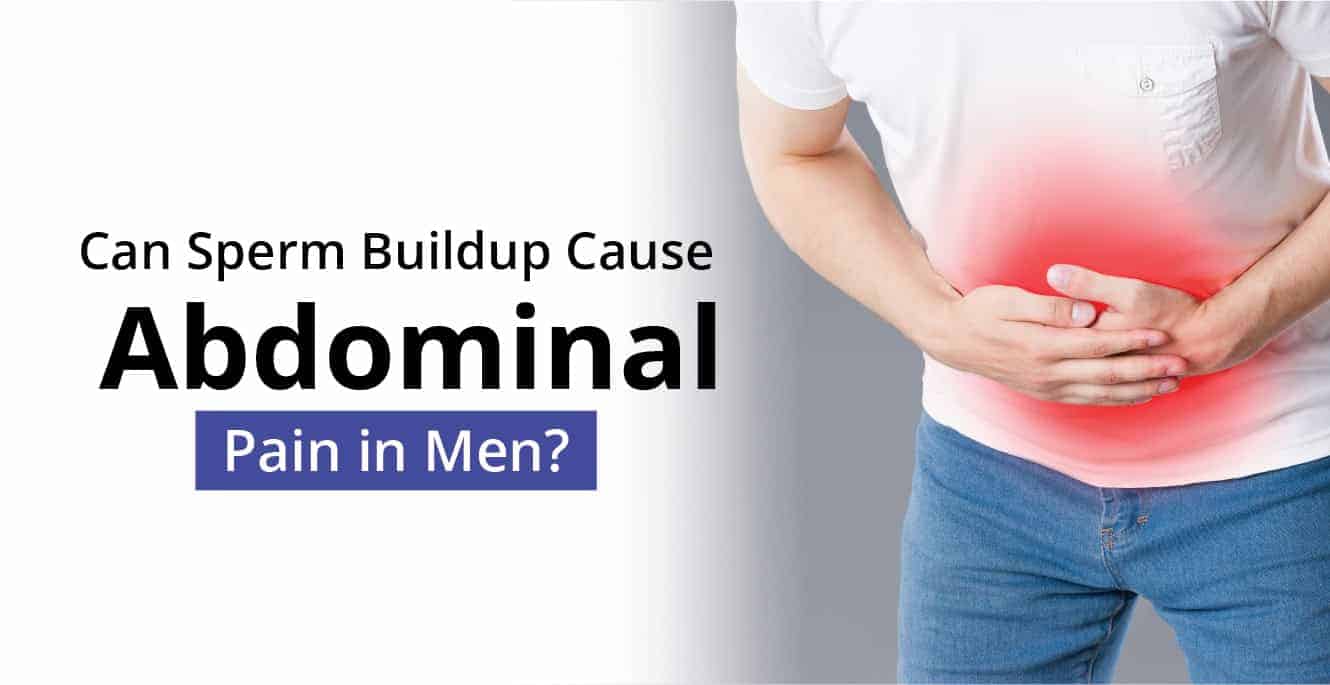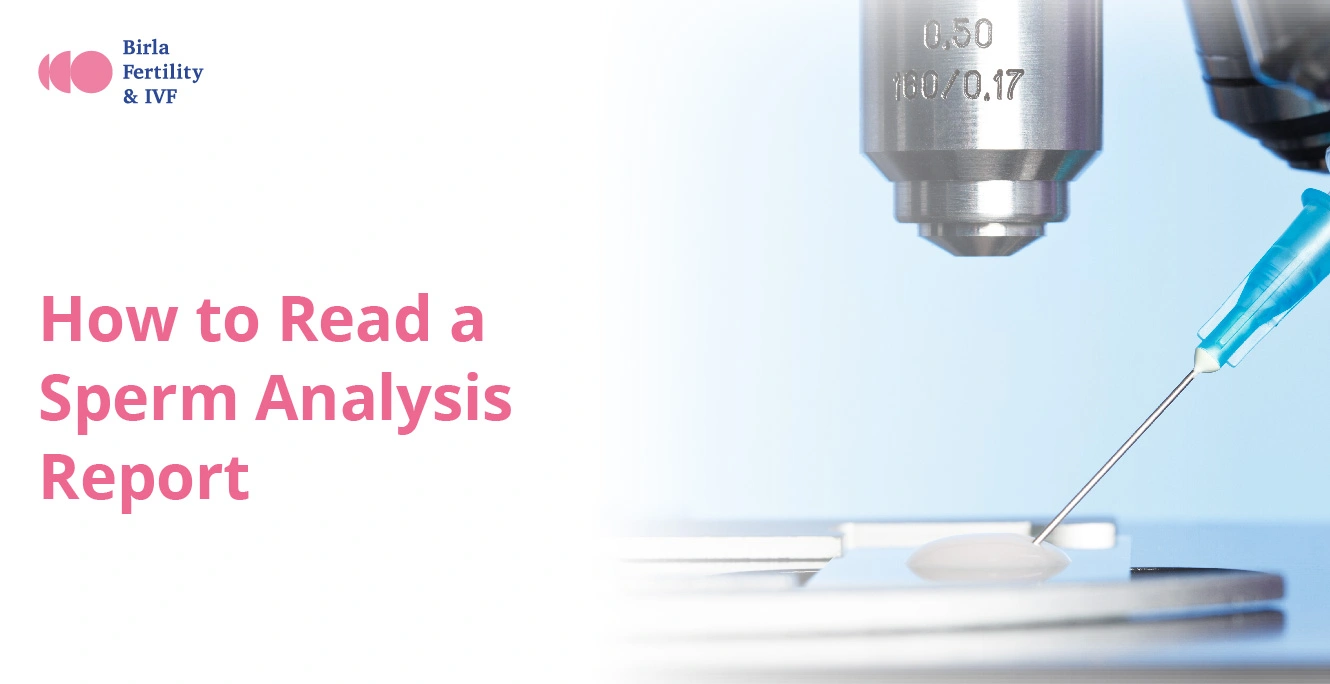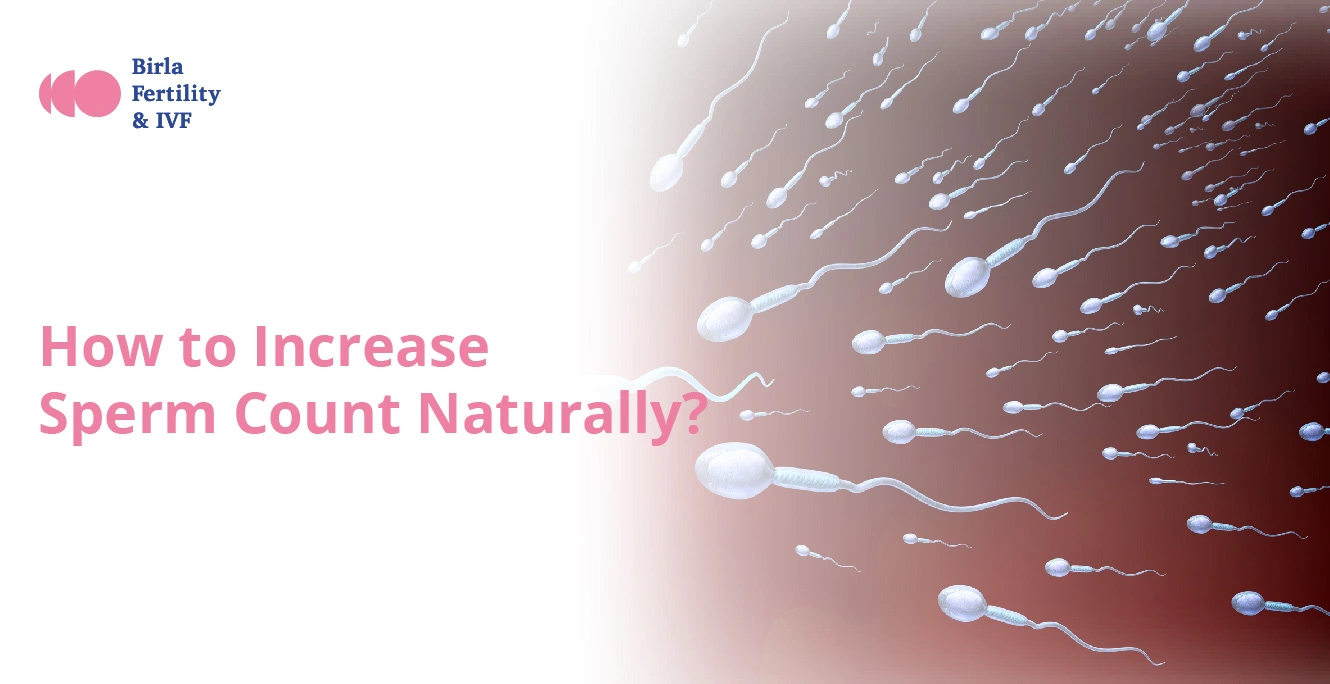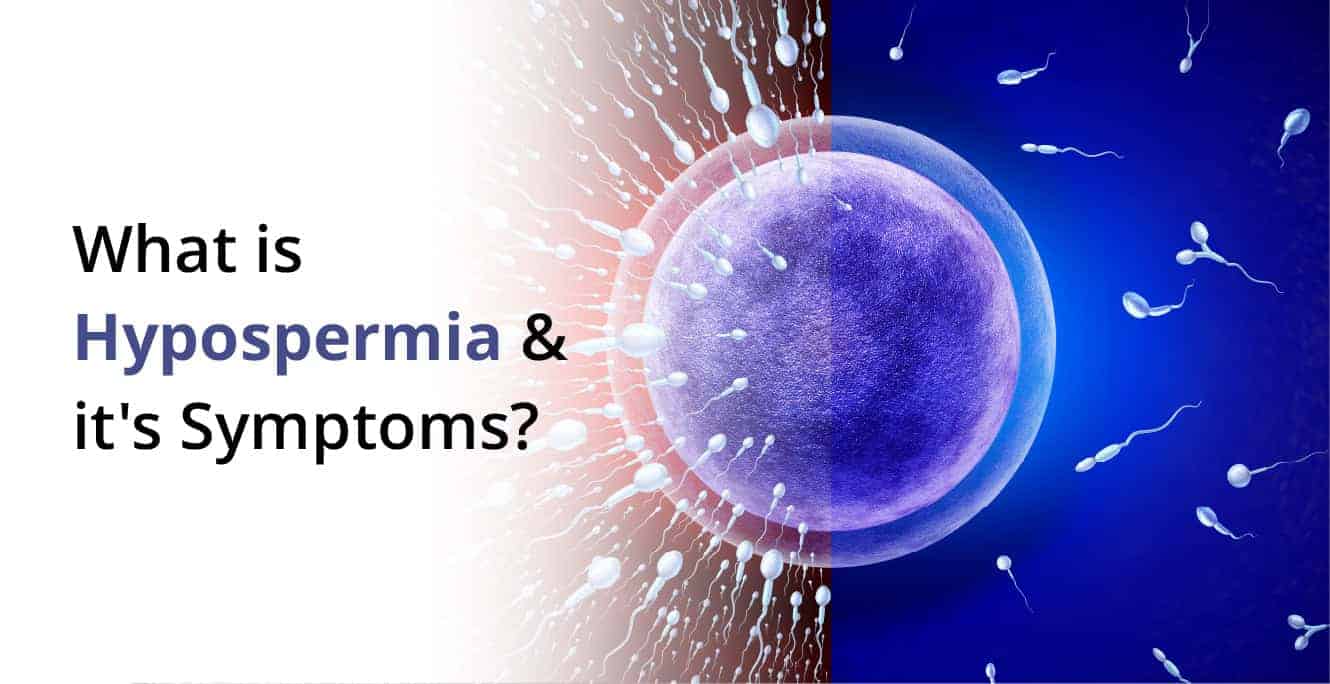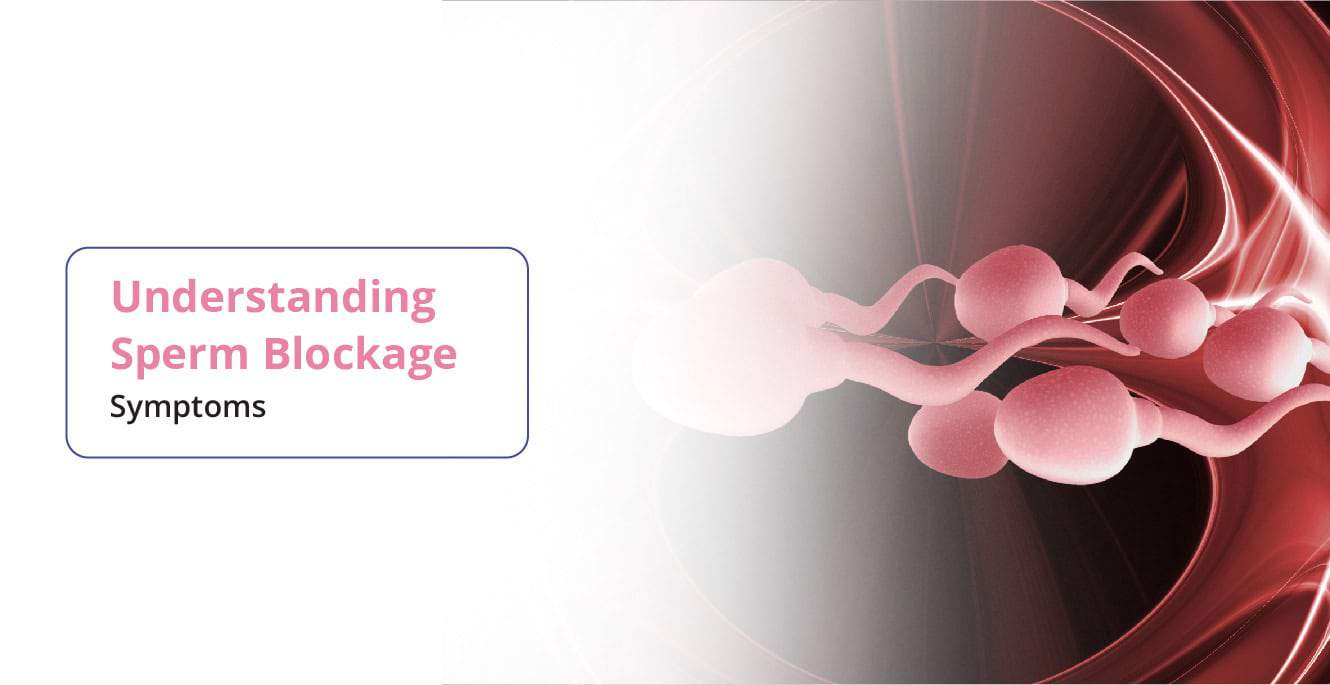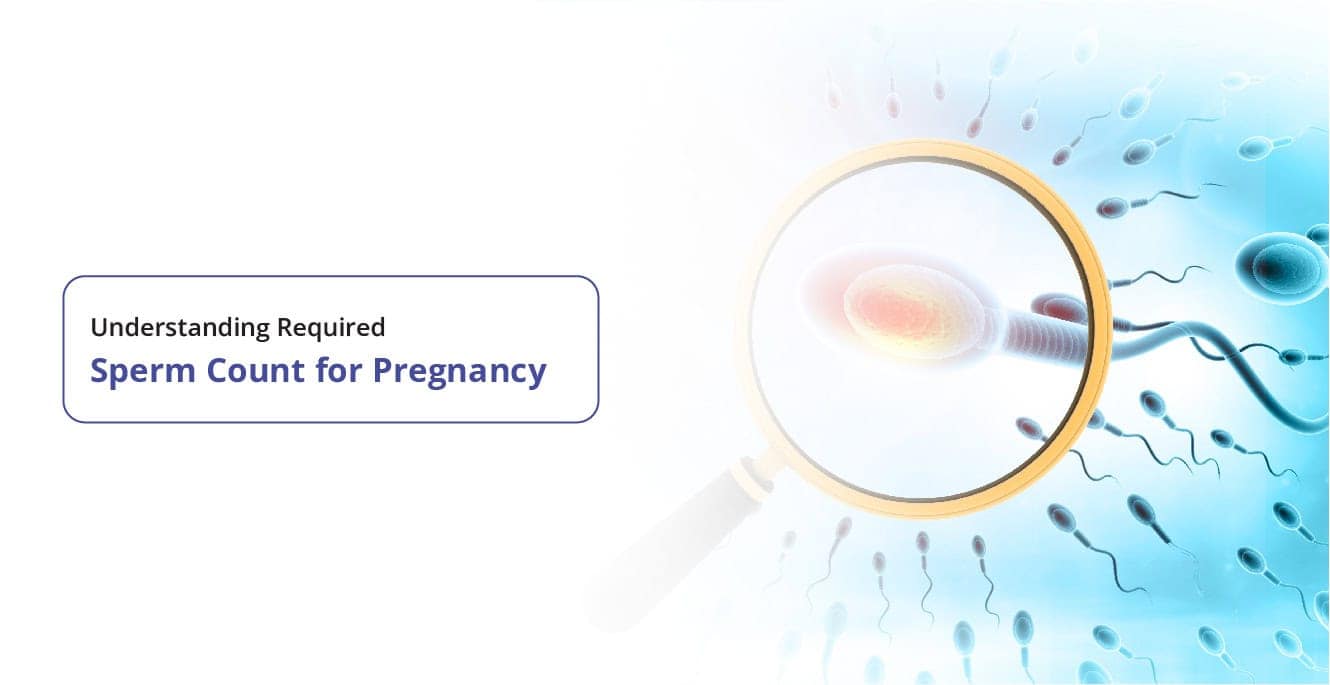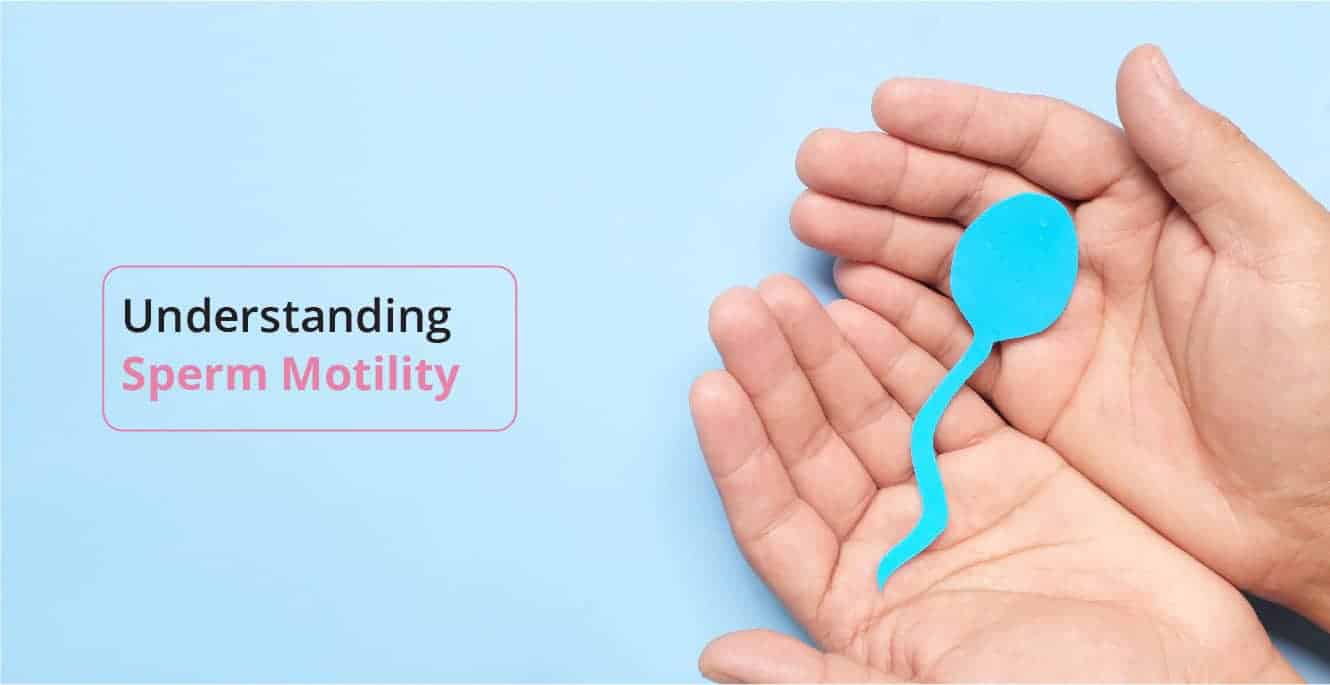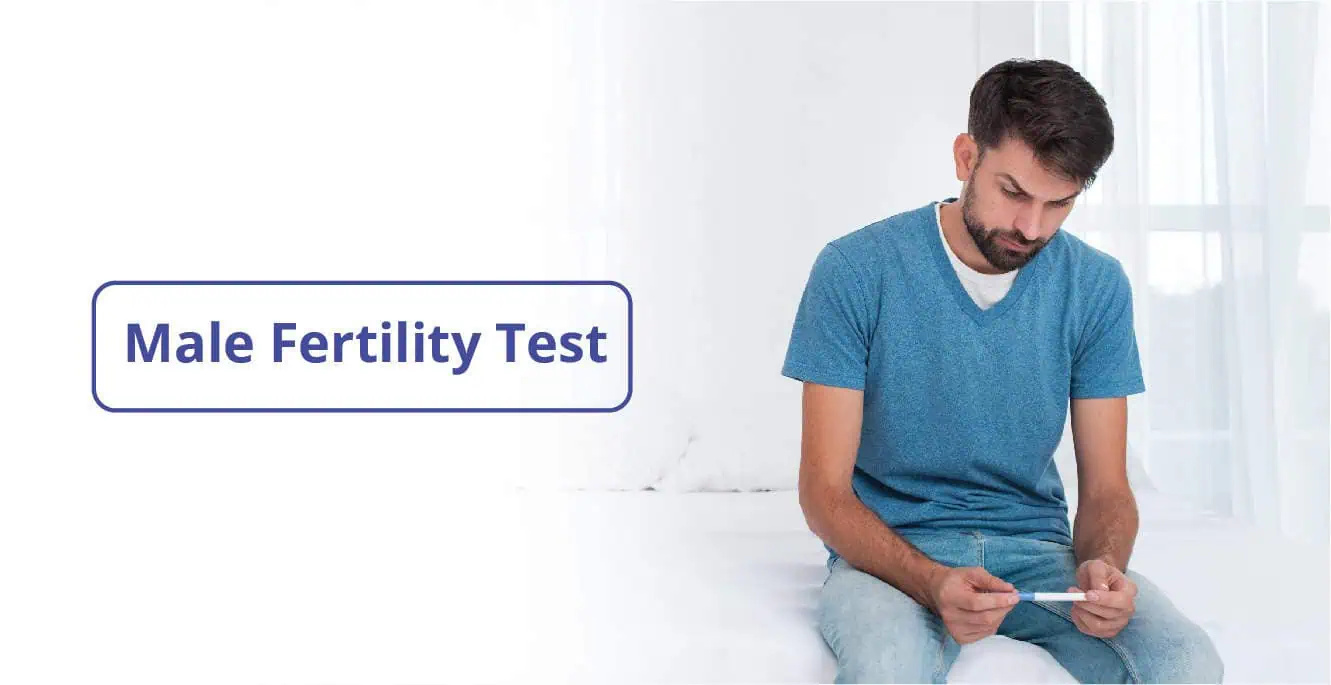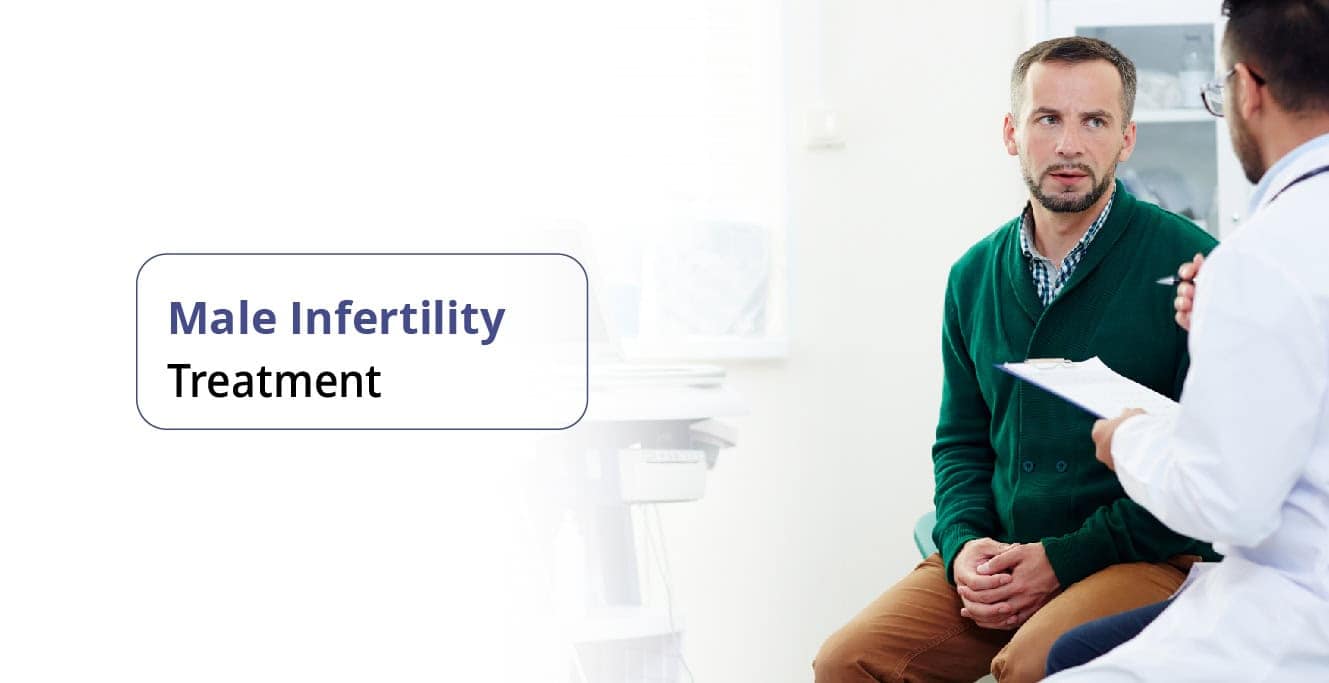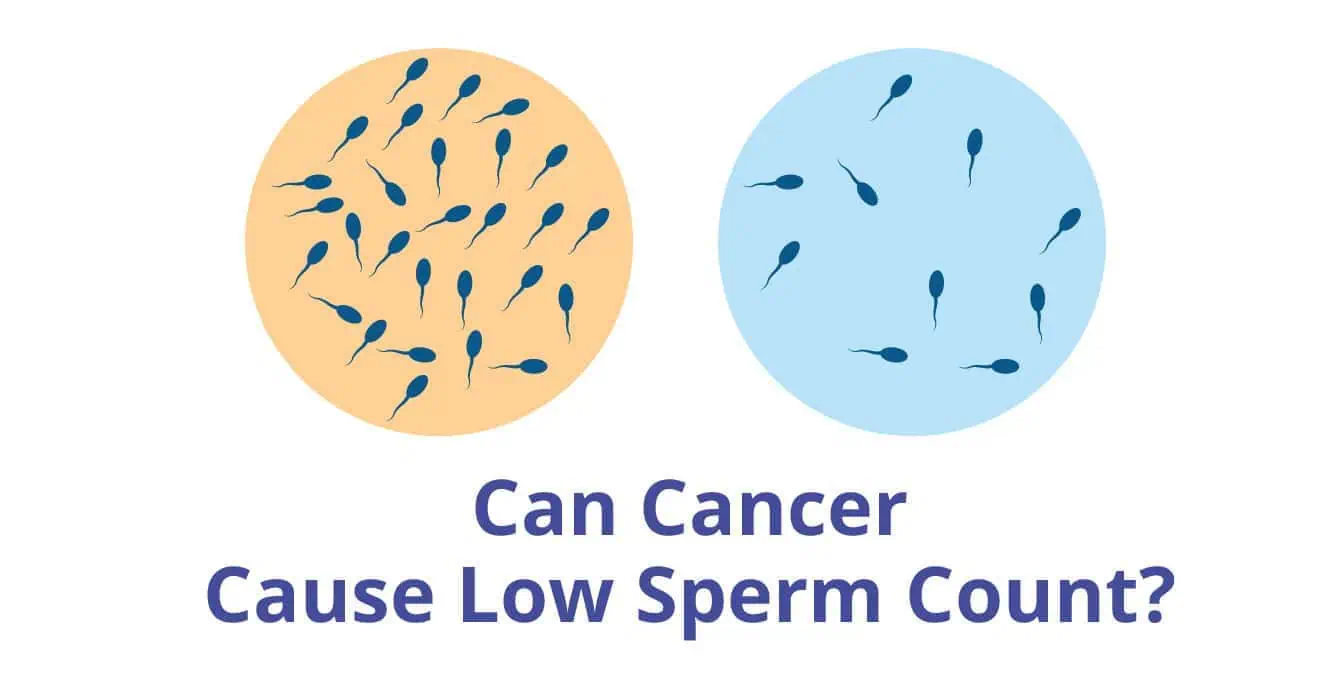Undescended testis, also known as cryptorchidism, is a condition in which the testicles did not shift into their appropriate position in the scrotum before birth. Most times, it is only one testicle that is affected, but in around 10 percent of cases, both the testis are impacted. It is rare for a normal baby to have an undescended testicle, but about 30 percent of premature babies are born with undescended testicles.
Generally, the undescended testis corrects itself by moving to the appropriate position in the initial few months from birth. But in some cases, if it hasn’t corrected itself, the testis is relocated into the scrotum by surgery.
In some cases, this displacement in the testicles may occur due to a certain muscle reflex. This is known as retractile testicles. When the muscle reflex happens due to a cold or other conditions, the testicles are pulled out of the scrotum into the body. This condition usually gets resolved at puberty.
Risk factors of Undescended Testis (Cryptorchidism):
An undescended testicle is rare but generally common in baby boys who are born prematurely. There are a few risk factors that may result in an undescended testicle; some of them are:
- Hereditary or if this condition runs in family
- Consumption of alcohol by mother during pregnancy
- Active smoking by the mother can also impact fetal growth
- Premature birth and baby boys born with low birth weight
- Conditions like down syndrome can also affect fetal growth and may lead to undescended testicle
Cryptorchidism Symptoms:
Cryptorchidism is mostly asymptomatic. The only sign of cryptorchidism is the absence of testicles in the scrotum. If both testes suffer from cryptorchidism, then the scrotum will look flat and feel empty.
Cryptorchidism Causes:
The causes of cryptorchidism are still largely unknown. Conditions such as maternal health and genetic differences can cause a hormone imbalance that disrupts the testis’s development and can cause anomalies leading to cryptorchidism.
Some other causes include:
- Premature birth can be regarded as a cause of cryptorchidism; about 30 per cent of premature babies are born with cryptorchidism
- Not having adequate weight during birth
- If parents or family members have a history of cryptorchidism or similar problems with genital development, then it can be regarded as another cause of cryptorchidism
- If the fetus has a genetic abnormality or bodily defect that restricts growth, then there is a probability of the development of cryptorchidism
- If the mother is exposed to alcohol or tobacco during pregnancy, then there can be a chance that the child she bears will have undescended testis
Cryptorchidism Complications:
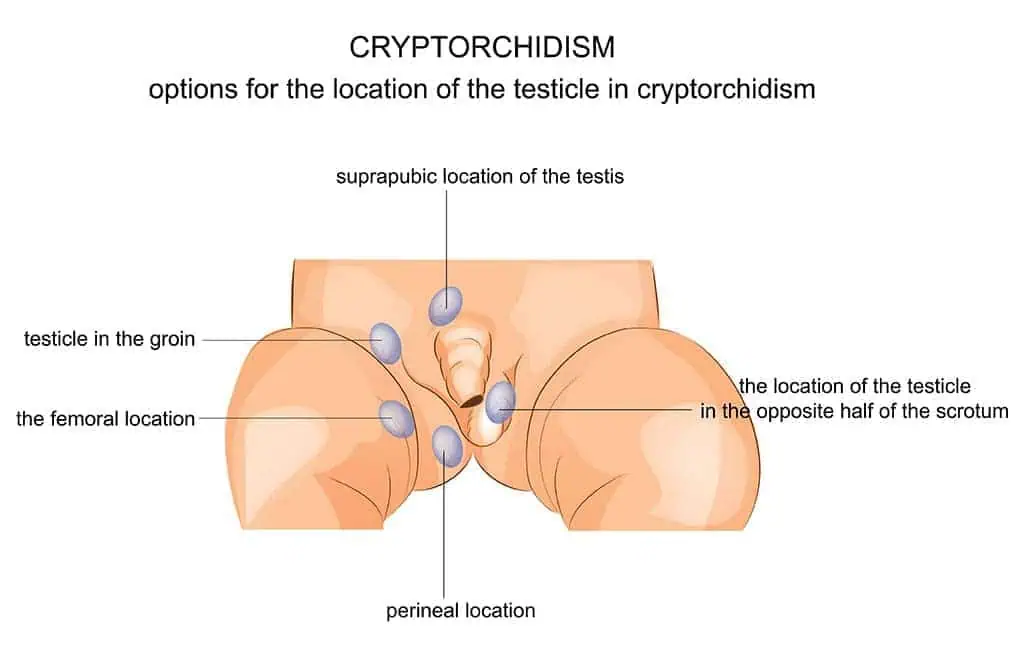
For the testicles to grow and function at their best, they need a bit of extra cooling. That’s where the scrotum comes in. It is the task of the scrotum to provide an adequate temperature environment for the testicles. So, when the testicles are not present in the scrotum, it generates a few complications. Some of the cryptorchidism complications are:
Fertility Problem
Men who have one or both of their testicles undescended are likely to suffer from fertility problems. If the condition is untreated, it can lead to reduced sperm quality, lower sperm counts, and a decrease in the ability to conceive.
Testicular Cancer
Production of immature sperm in the testicles can lead to the development of testicular cancer in men. The exact cause for the development of testicular cancer in the cells of the testicle is still unknown. Still, it is observed that men suffering from cryptorchidism have a higher risk of getting testicular cancer.
Testicular Torsion
When the testis rotates and twists the spermatic cord, the condition is called testicular torsion. This causes too much pain due to the cutting off of the blood supply and oxygen to the testicle. Testicular torsion occurs more frequently in men suffering from cryptorchidism than in otherwise healthy men.
Inguinal Hernia
A hernia is a protrusion of tissue through a weak spot in the muscle. An inguinal hernia happens when tissues such as the intestines push out of the abdominal wall, which is another complication related to cryptorchidism.
Trauma
In the case of cryptorchidism, the testicles might shift into the groin. If it does so, then there is a chance that it might be damaged due to the pressure against the pubic bone.
Cryptorchidism Diagnosis:
The methods used for diagnosing undescended testis (cryptorchidism) are as follows:
Laparoscopy
In laparoscopy, a small cut is made in the abdomen, and then a tiny camera attached to a tube is inserted through the hole. The process allows the doctor to detect whether the testis has shifted upwards. There are chances that the cryptorchidism can be treated in the same procedure, but in some cases, additional surgery is required.
Open Surgery
In some cases, a larger cut might need to be made to explore the abdominal or groin area thoroughly. If the testicles are absent in the scrotum after birth, the doctor might order further testing. They are determined to be either missing or not in their original location. In most cases, this is diagnosed as cryptorchidism.
Cryptorchidism Treatment:
Cryptorchidism treatment aims at repositioning the testis to its appropriate position. Early detection and intervention will reduce the risk of complications, such as testicular cancer. Cryptorchidism treatment includes the following:
Surgery
Surgery is the most effective way to correct cryptorchidism. The surgeon will first use a technique called an orchiopexy, in which they lift and place the misplaced testis back into the scrotum. This can be done in two ways: with a laparoscope (a tiny camera that looks down on the surgical site) or through open surgery. In some cases, the testicles might have abnormalities like poorly developed or dead tissue. These dead tissues are removed during the surgical process.
Once the surgery is over, the patient will be monitored to see whether the testicles are developing, functioning properly, and staying in their appropriate place.
Hormone Therapy
As opposed to other treatments, in rare cases, the healthcare provider may advise on hormonal treatment. Patients are injected with human chorionic gonadotropin (HCG) during hormone therapy. This hormone can potentially cause the testicle to relocate from the abdomen to the scrotum. However, hormone therapy is not always recommended as it is not as effective as surgery.
Conclusion
Cryptorchidism is a condition in male children where the testicles do not normally descend into the scrotal sac. Generally, the undescended testis corrects itself by moving to the appropriate position within the first few months of life, but if that doesn’t happen, the condition can affect reproductive health if left untreated.
Hence, the sooner the treatment is done, the better. Cryptorchidism can be easily treated with surgery and, in some cases, with hormone therapy. To know more regarding this issue, visit your nearest Birla Fertility and IVF centre or book an appointment with Dr. Souren Bhattacharjee.
FAQs
Is Cryptorchidism the Same as Undescended Testis?
Yes, both cryptorchidism and undescended testis refer to the same condition.
Can Cryptorchidism Be Corrected?
Yes, cryptorchidism can be corrected by surgery and, in some cases, by hormone therapy.
Is Undescended Testis Always Found in Babies?
No, not always. But it is estimated that about 1 in every 25 boys are born with cryptorchidism.


